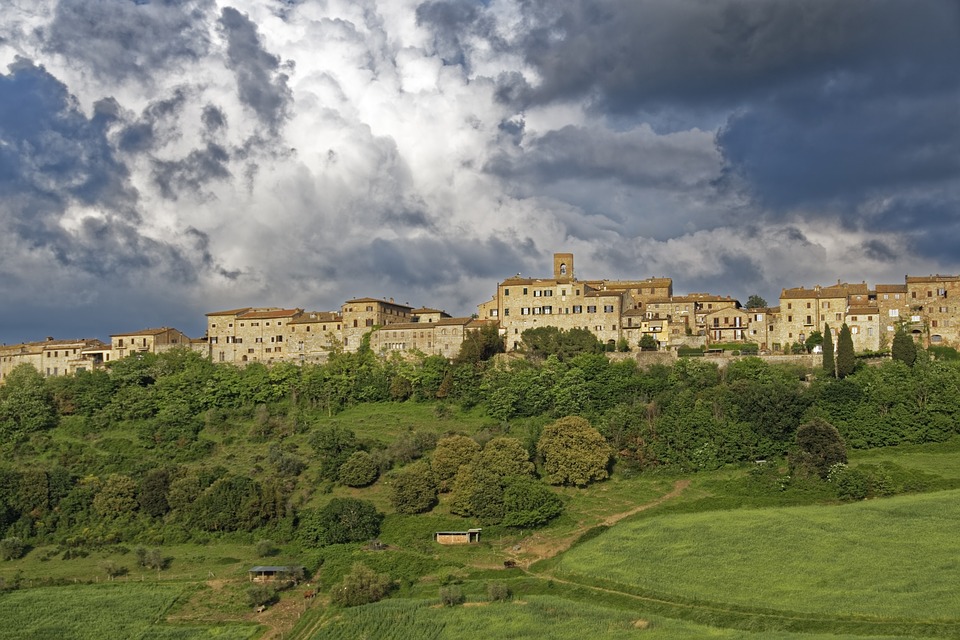
by Giulia | Feb 18, 2021 | Val d'Elsa and San Gimignano
Casole d’Elsa Amongst medium and low hills cultivated with vines, olive trees and cereals Casole d’Elsa was an ancient Etruscan settlement and is still located on the back of a hill that offers a suggestive panoramic view of the Sienese countryside. In the...
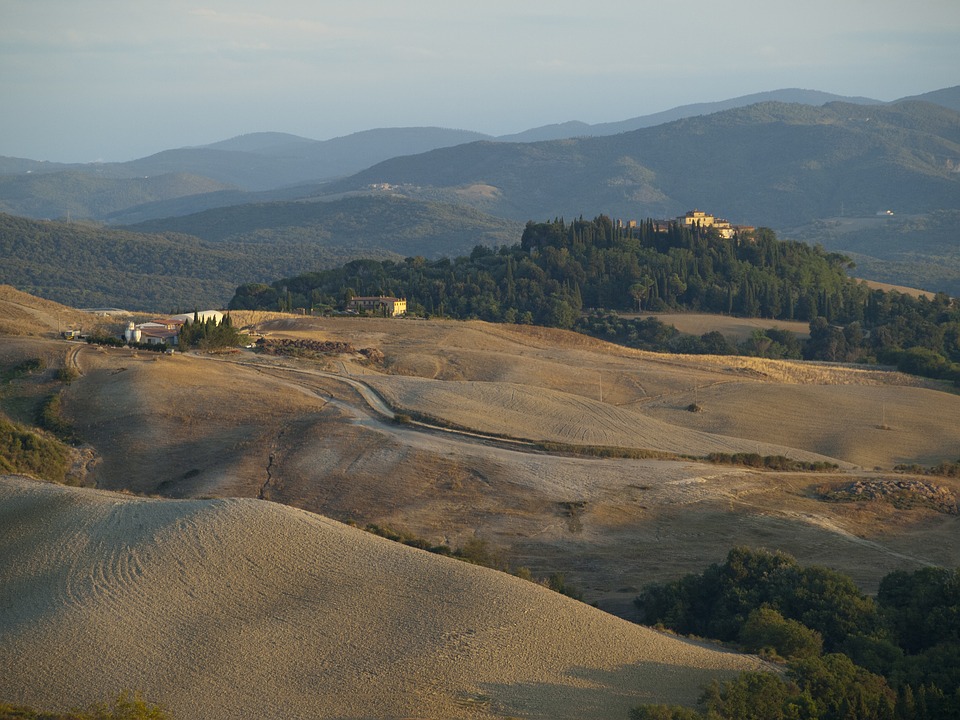
by Giulia | Feb 18, 2021 | Val d'Elsa and San Gimignano
Volterra Between an Etruscan past and the secrets of alabaster Volterra is one of the most important centres in Tuscany, both for the presence of monuments testifying to the civilisations that have succeeded one another over thirty centuries, and for the working of...
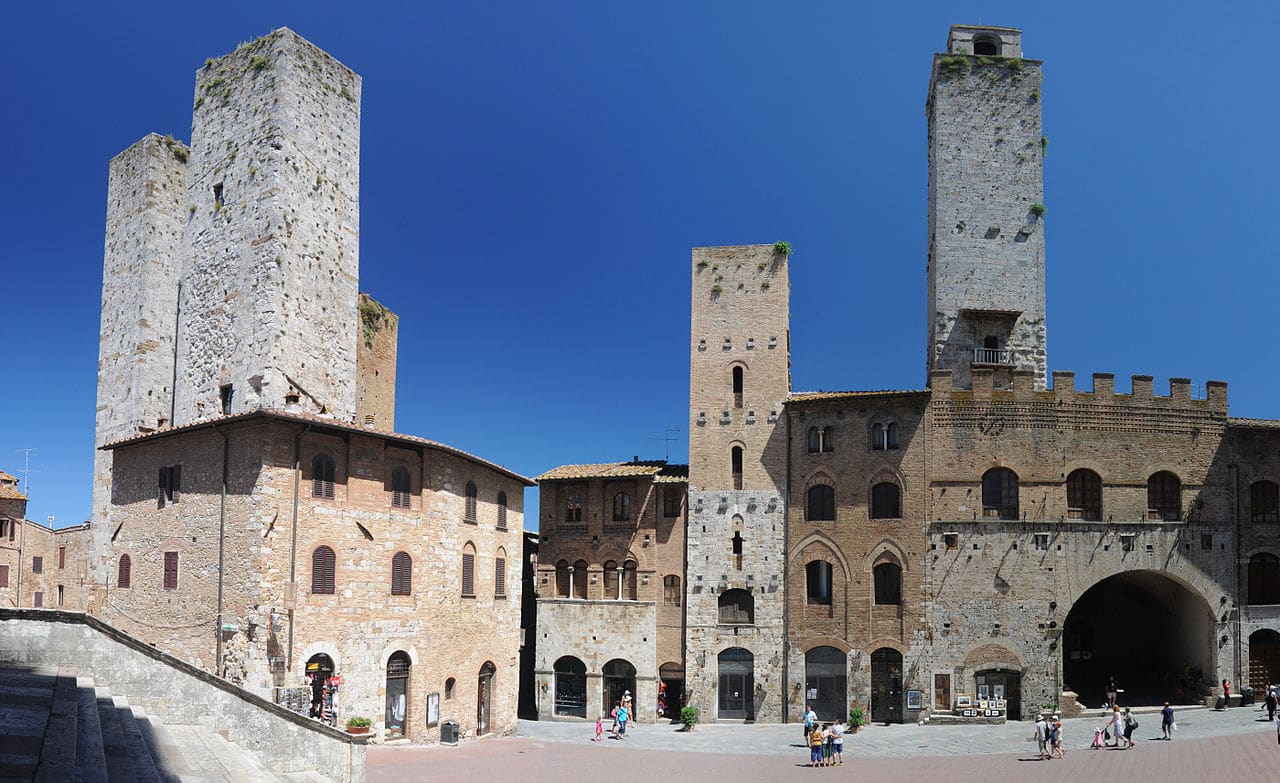
by Giulia | Feb 18, 2021 | Val d'Elsa and San Gimignano
San Gimignano A forest of towers on the horizon For the characteristic medieval architecture of its historic centre, San Gimignano was declared a UNESCO World Heritage Site in 1990. The site of San Gimignano, also known as the Manhattan of the Middle Ages, is largely...
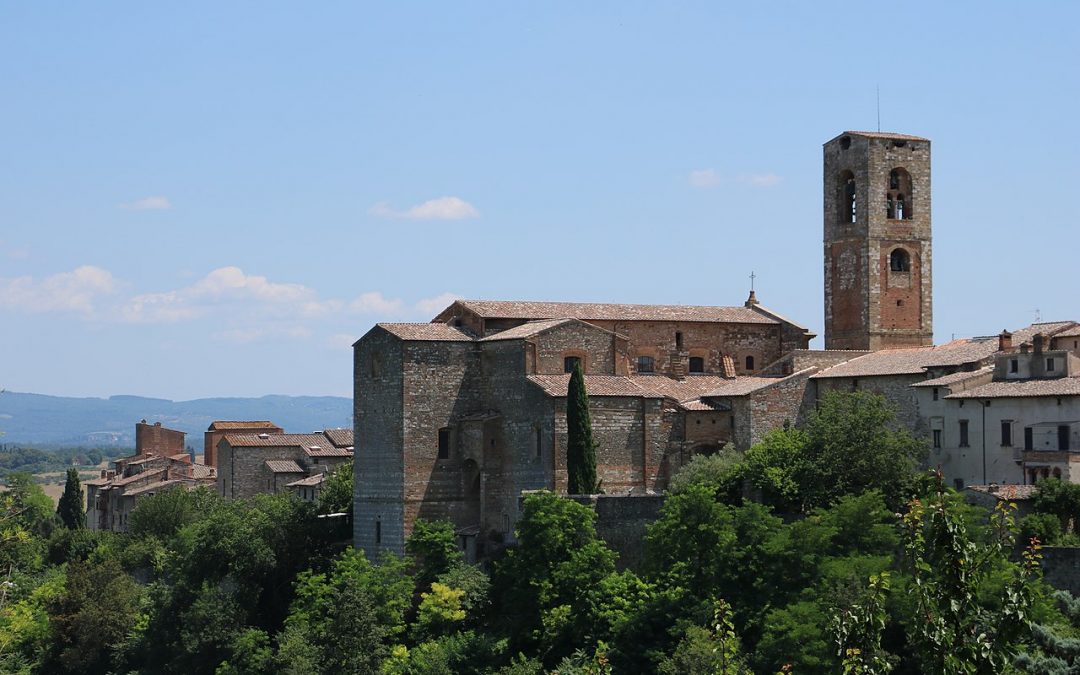
by Giulia | Feb 18, 2021 | Val d'Elsa and San Gimignano
Colle di Val d’Elsa The crystal capital Colle, also known as the Bohemia of Italy, accounts for 95% of Italian crystal production and 14% of world production. It therefore represents excellence in this sector for our territory and for the world. Globets, plates...
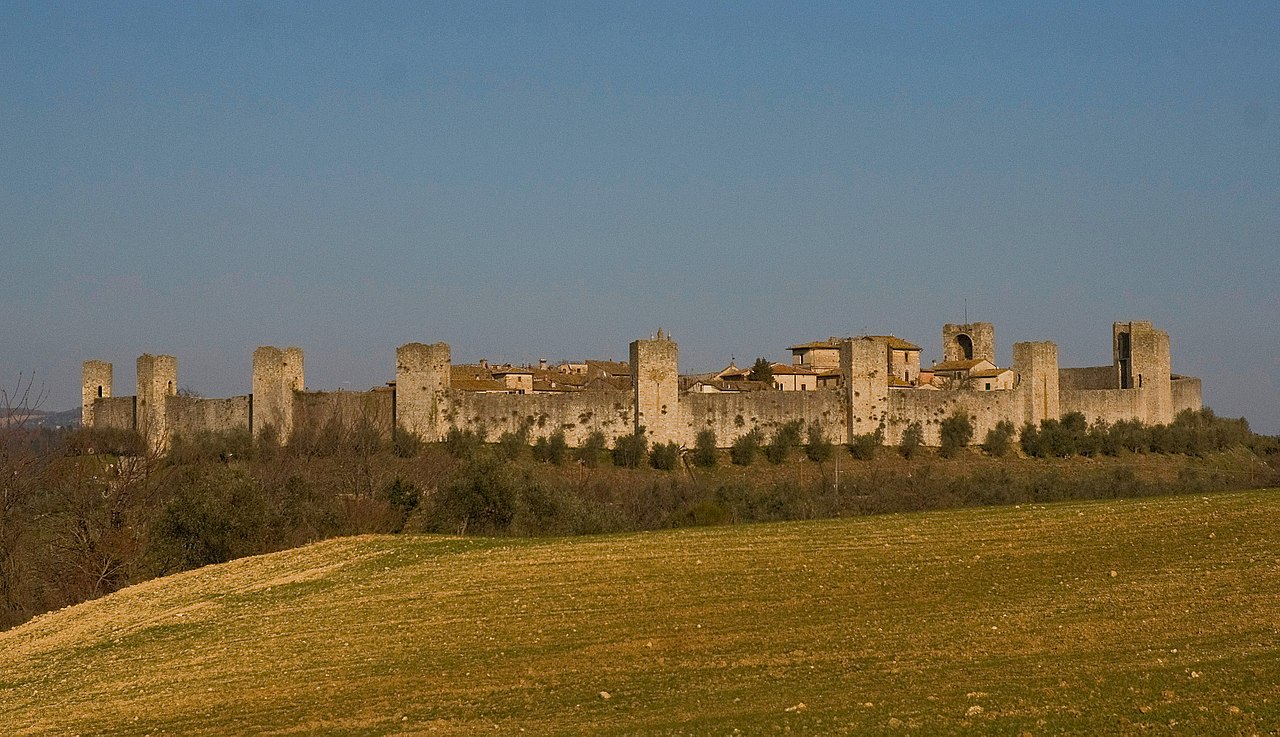
by Giulia | Feb 18, 2021 | Val d'Elsa and San Gimignano
Monteriggioni A timeless place Monteriggioni represents one of the most significant fortified villages in the area and is one of the best preserved examples of military architecture in the world. Its strategic position allowed first to control and then to admire Colle...






